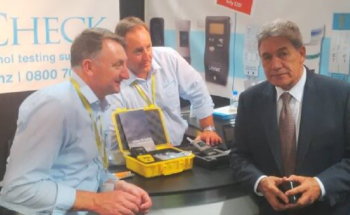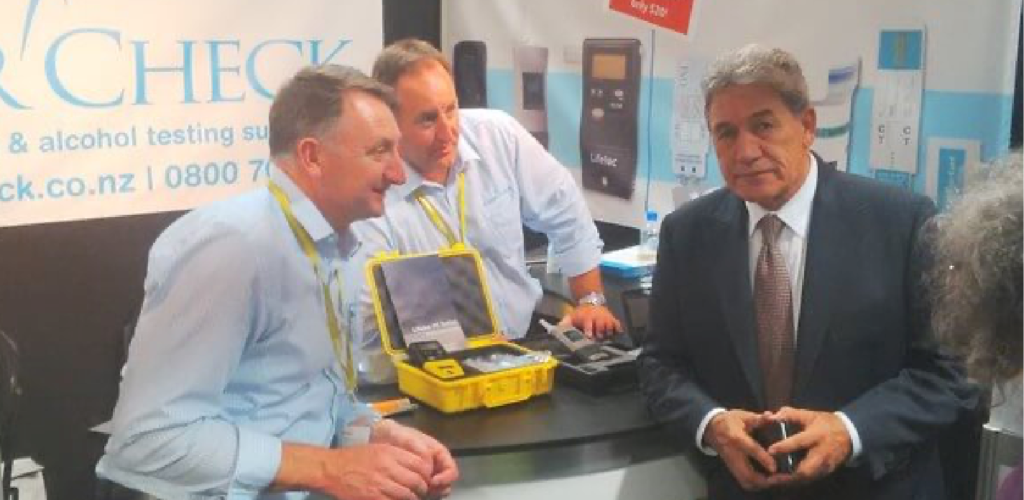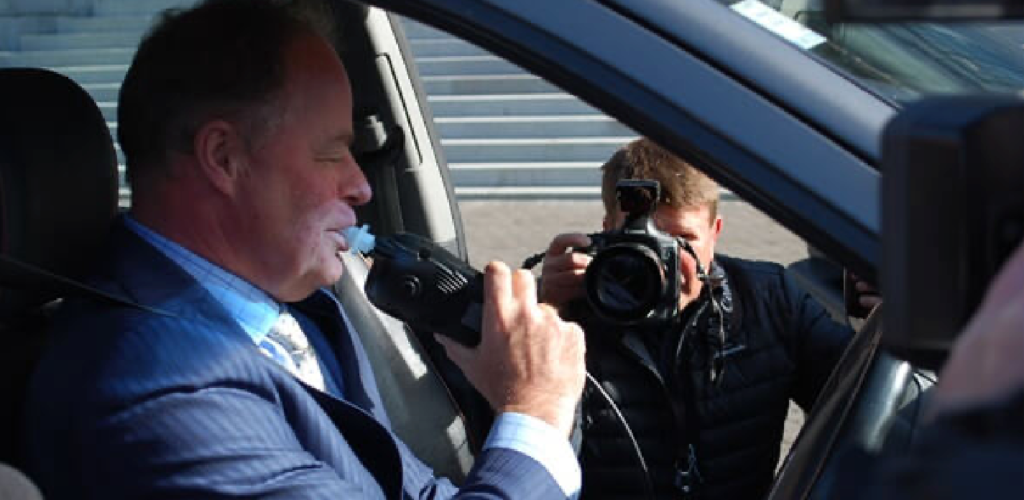Sober Check regularly features posts written by people in the drug testing industry.
Director of JG Testing Ltd, a Wellington-based drug testing provider.
This article is a guest post written by Jayme Groeneveld,
How often should you drug test your employees?
Every employee has a life span — from the very first day they start work, to the day they either resign or get dismissed. Making sure you keep good workers for a long life span creates a more productive company, as you have less down-time recruiting new employees…which as we all know, costs time and money.
But how does workplace drug testing come into this?
Individuals who are impaired by the effects of illegal drugs are unable to think clearly and make important decisions, which can lead to accidents in the workplace. These individuals aren’t only putting themselves at risk but are also putting their co-workers at risk (the good workers). Accidents mean down-time, potential dismissals and disruption to the workplace, and a good drug testing policy can minimise the chances of these events occurring.
One of my customers in the transport industry had an incident last year involving one of their truck drivers who caused an accident and severely damaged the truck. They were drug tested on the same day and it was found that there was methamphetamine in their system. They lost their job, the company had to re-hire and insurance refused to pay out because the driver was under the influence.
For smaller companies this kind of set back can be a huge blow to the company and it could have been easily avoided should they have had a better drug testing routine in place.
What type of testing should I do?
Pre-employment drug testing is a good start — but this shouldn’t be the last drug test that you do!
Certain drugs like methamphetamine for example can only be found from a urine drug test if they have been used relatively recently. What this means is that if an individual used methamphetamine last week, there’s a chance that it may not show on the urine drug test the following week.
The only way around this is to do random drug testing. This form of completely randomly selecting a percentage of employees each month is both fair to all employees (it won’t seem as though you are targeting certain people) and is a great way to introduce random drug testing into the workplace.
To put it simply; if you keep your workplace drug free by testing your employees before and during employment you will be left with a much healthier, safer and more productive workplace which benefits everyone 😊





